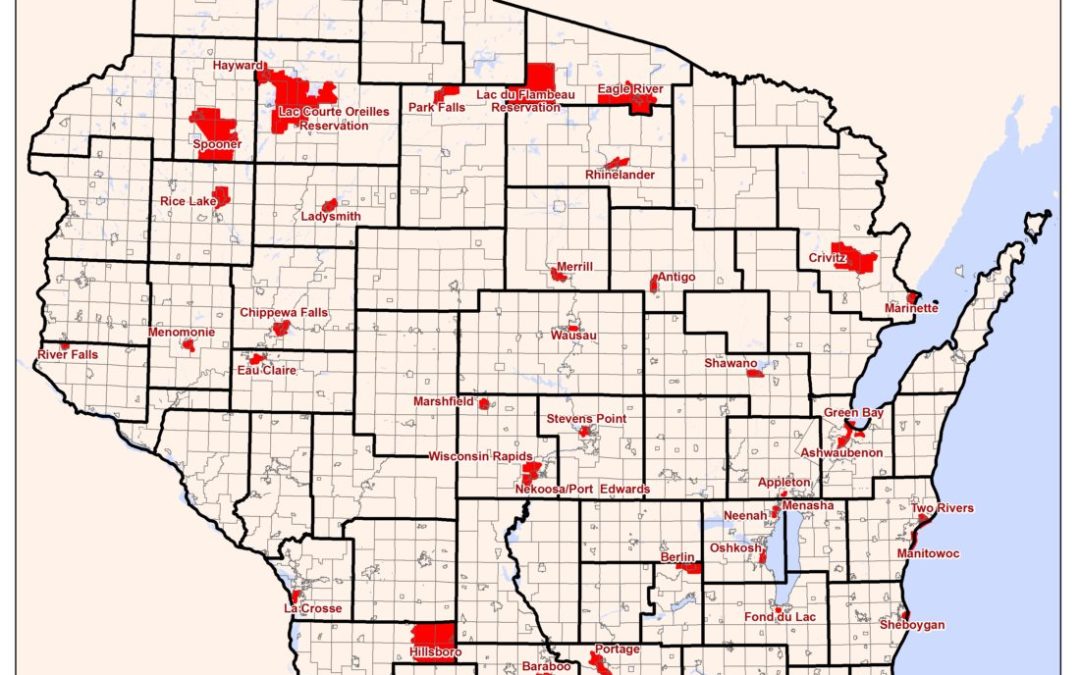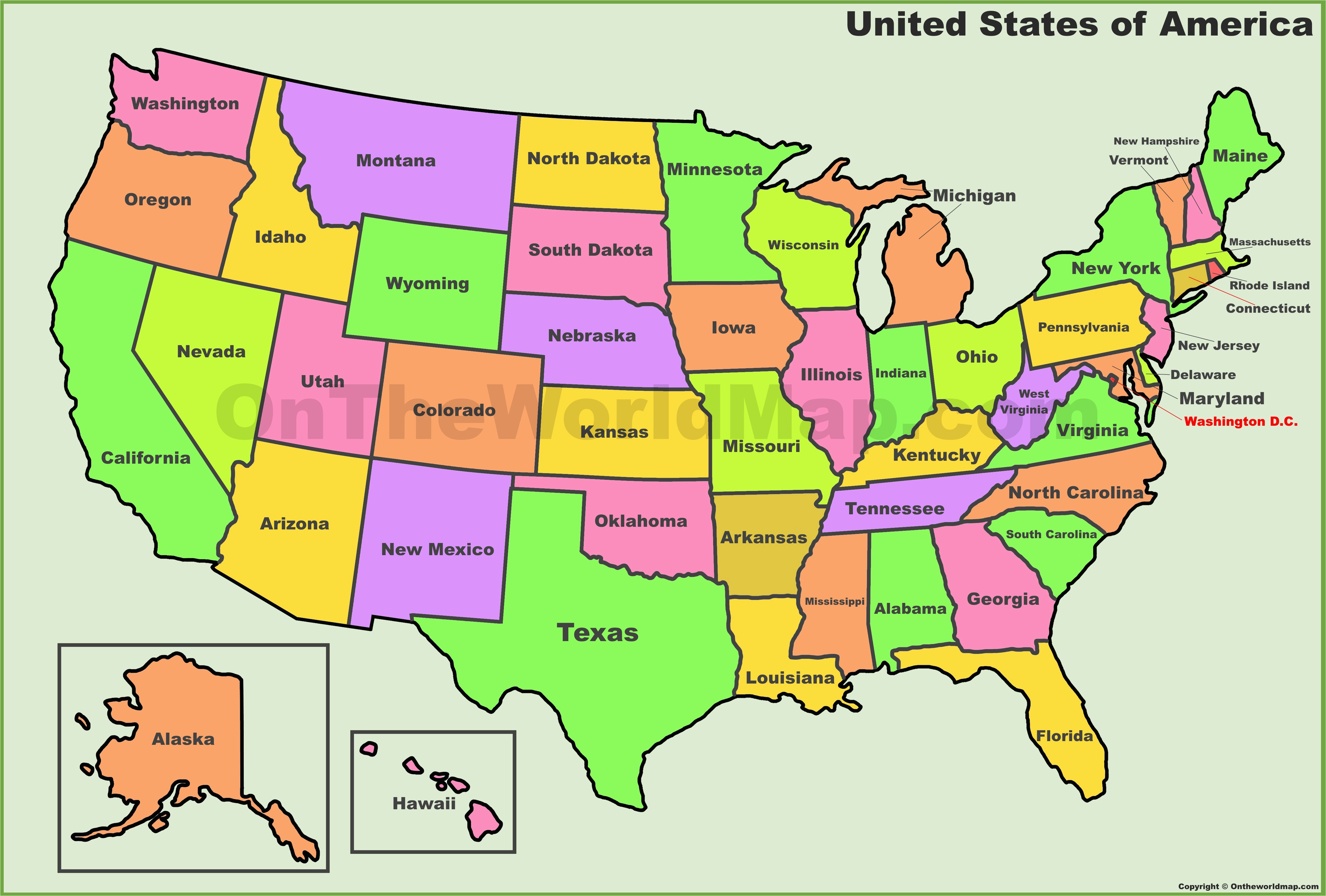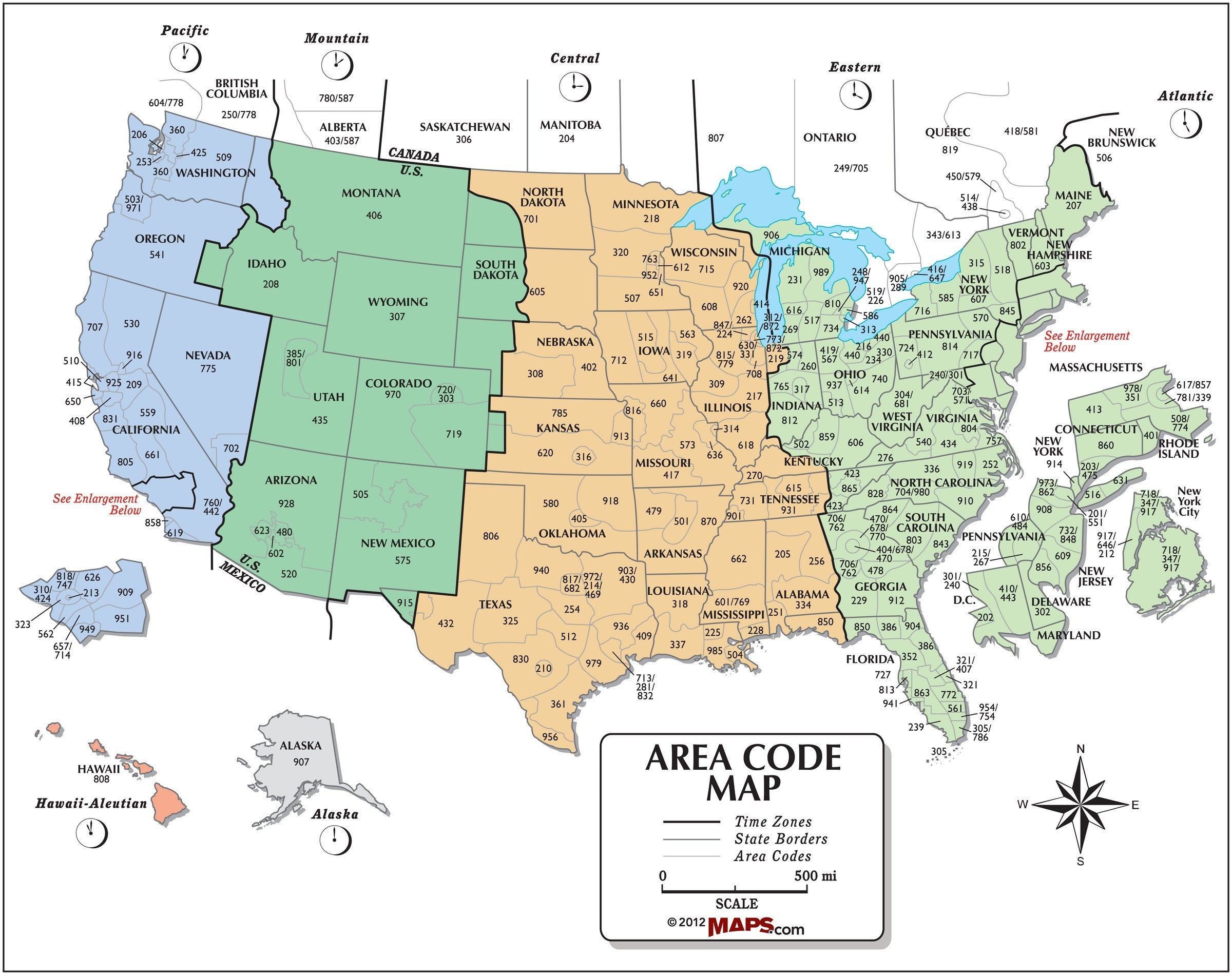


The lenses need to be kept clean and they often need to be properly aligned. “The other thing with cameras is that they need to be carefully maintained. “Existing specialised fire detection cameras can cost around $10,000 to buy, whereas our transmitters and receivers are $100 or even less,” Prof. The UNSW team believe their system can be applied in a wide range of environments, including in industrial locations, commercial high-rise buildings and even in the home.Īssembling an array of transmitters and receivers also helps to identify the zonal location of a specific fire which can then aid emergency services to respond quickly and efficiently.Īs well as improved sensing, the Wi-Fi system also promises to be much cheaper than existing thermal imaging camera technology and is easier to maintain. Seneviratne says the new technique is important to improve confidence in automatic fire detection systems which can currently sometimes struggle even to differentiate between a fire and a bright flickering neon light. Up to 1300 packets of data per second can be processed and analysed.įor the Sydney Harbour Tunnel test UNSW researchers placed a series of low-cost Wi-Fi transmitters and receivers, running on Raspberry Pi and installed in a waterproof enclosure, along the roadway to detect the change in signals caused by fire and smoke.

The Wi-Fi sensing system, therefore, amalgamates the effect of the environmental phenomena on all the Wi-Fi subcarrier frequencies and applies data processing to find the most sensitive frequencies which help aid the analysis. Just as different wavelengths of light are affected uniquely by different objects, different frequencies of Wi-Fi are also impacted in a variety of ways. The new system developed at UNSW exploits the fact that Wi-Fi waves have various transmission frequencies, known as subcarriers. “What we also add into the system is artificial intelligence to analyse all the data and compare to baseline readings to help determine if there is a real fire occurring.” Specifically, these signatures are captured in the form of wireless channel information. “Smoke and different gases, such as carbon monoxide that can be produced in fire situations, also affect the density of the air and will give distinctive signatures on our readings. The research team from UNSW Sydney are able to monitor Wi-Fi radio signals as they pass through the air and have identified distinctive patterns in the data which are caused during fire events. In fact, we have experimentally demonstrated that these changes are strongly correlated with the rise or fall of temperature in the environment between transmitter and receiver. “As the air temperature changes, so does its density, and that changes the signature of the reading when we receive the signal. What we have are a transmitter and a receiver and we can monitor the radio signal as it travels through the air,” Prof. “It is basically relatively simple high school physics. Innovation Connections is part of the Australian Government Entrepreneurs’ Programme, delivered nationally by CSIRO, Australia’s national science agency. The project to test the first real-life application of this technology was supported through Innovation Connections, which provided matched funding support to Trantek and connected researchers at UNSW with the business. In conjunction with Trantek MST, the incumbent mission-critical systems vendor for the tunnel, and the tunnel owner/operator, Sydney Harbour Tunnel Company, the researchers set up a series of transmitters and receivers to monitor the environment as a test car prepared for the purpose was detonated and set on fire during a scheduled emergency response training exercise. Seneviratne and his team were able to showcase their new technology during a controlled test in the middle of the night inside the Sydney Harbour Tunnel. The system can then determine with greater accuracy whether any atmospheric changes are being caused by a real fire, and if so, raise an alarm or trigger an automatic sprinkler system.Įxisting detection systems, which are largely based on thermal imaging, often produce false positive readings by detecting levels of smoke or changes in temperature which are not dangerous or caused by an actual fire – perhaps from a faulty exhaust pipe on a vehicle or a hot radiator.īut Prof. The researchers have identified the distinctive patterns in the data from radio signals during fire events, and artificial intelligence within their software helps analyse the environment in real-time. This controlled detonation of a car, planned by the Sydney Harbour Tunnel Company and under test conditions with all fire systems set to manual mode, recently helped provide data to demonstrate the effectiveness of new Wi-Fi fire detection technology.


 0 kommentar(er)
0 kommentar(er)
